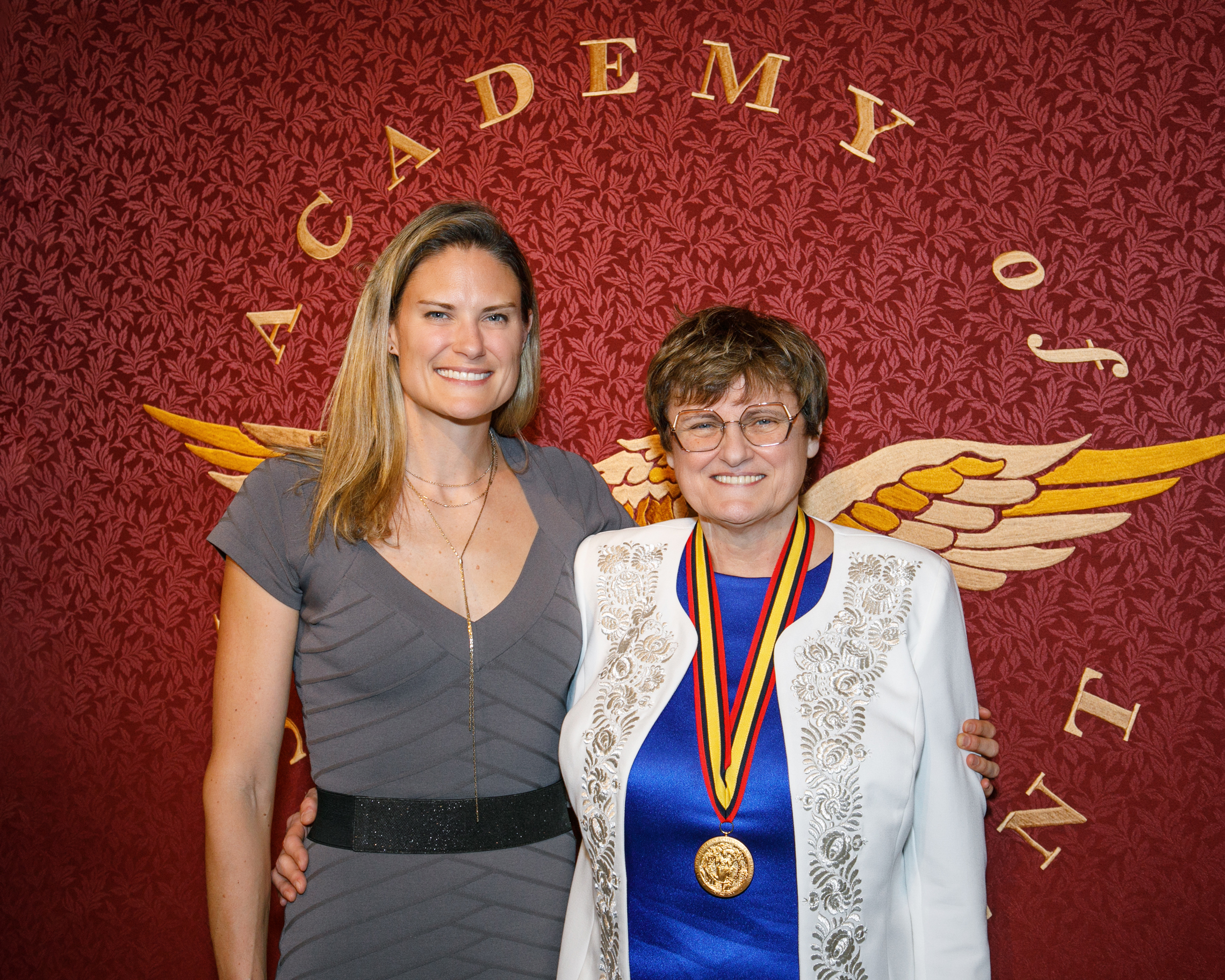Katalin Karikó: Yes, so, messenger RNA was discovered 60 years ago. In 1961, they describe. And they couldn’t find for a long time because they tried to isolate the RNA from cells, bacteria cells, but it was so labile. So, the two papers which published in Nature, actually, both had the title, “Unstable.” So, why people were looking for this RNA? They knew that there must be something because they knew that in the nuclei we have the chromosome. In all of our cells we have the chromosome, the same chromosome. But we have hair cells, we have skin cells, different kind of cells act different in our body, there are muscle cells. And of course, they are making different protein. But so from the chromosome the only different part of genes are made to something and that was the RNA. And these were transcribing inside the nuclei and it will come out from where the protein synthesis is taking place. And then the protein is made and this RNA degrades, and the bacteria is already translating and making, already degrading, in two, three minutes RNA is gone. In mammalian cells, in human it is longer, but again, it is transient.

And then if you – If more protein is needed, more RNA is made, and translated. So it is, it is a messenger, which as the name says, carrying message from the chromosome to the protein synthesis place. To the cell where there are ribosome, that’s the protein machinery. And the protein is made. So this, this RNA carries all of the information necessarily for the protein to be produced. And the protein it will have, when it is producing it has the information to start to make the protein is where it should go, it should go out, it should go to other part of the cell where it has to be located. And so it is – When you make a protein from outside, somewhere in a tube, and you just put, put on the cell, even if you introduce to the cell, the protein wouldn’t know where to go because during the synthesis they will – where the synthesis occurring there is where the reading and introduction to the information where it should go happens. So this is why this RNA therapy potential is so great because you can deliver an RNA inside a cell, the protein is made inside a cell, and there it will know where to go. It might have to go to the nucleus, it might have to go to mitochondria, different compartment of the cell, and that’s the beauty of it.
